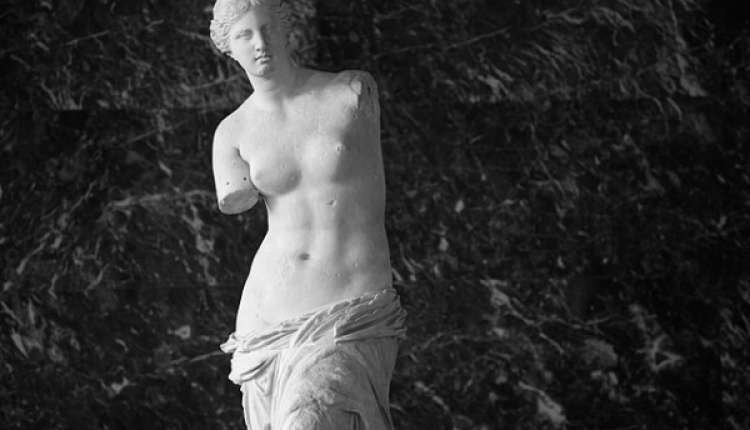“Venus de Milos” Returns To The Island Albeit As Replica
- by XpatAthens
- Wednesday, 13 July 2022
 The famous “Venus de Milos” returned to the island albeit as a replica of the original statue that is in the Louvre museum in Paris. The replica was placed near the archaeological site where the statue was discovered in 1820 and upon the initiative of the municipality on the island in the Aegean Sea.
The famous “Venus de Milos” returned to the island albeit as a replica of the original statue that is in the Louvre museum in Paris. The replica was placed near the archaeological site where the statue was discovered in 1820 and upon the initiative of the municipality on the island in the Aegean Sea.The installation of the replica appears to be on the occasion of a tribute documentary about Aphrodite de Milos, entitled “Looking for Venus”, a co-production of Anemon, Cosmote TV, and the French company Yuzu Productions.
On the occasion of the completion of 200 years since the discovery of the statue and after the issuance of relevant permits and supervision of procedures by the Organization for Management & Development of Cultural Resources and the Ephorate of Antiquities of Cyclades, as well as the financing of the creation and transportation of the statue to the island by company Imerys SA, the filming of the documentary has already started, the municipality of Milos said.
The documentary “Looking for Venus” will present the historical event of the finding, transportation, and fame of the statue and explore how the Venus of Milos, of all the ancient masterpieces, stood out as a timeless and unique work of art, allowing millions of visitors’ eyes to admire her as the most beautiful woman in the world.
About the statue
The Venus de Milo is believed to depict Aphrodite the Greek goddess of love, whose Roman counterpart was Venus. The sculpture is sometimes called the Aphrodite de Milos, due to the imprecision of naming the Greek sculpture after a Roman deity (Venus).
The work was originally attributed to the 4th-century Athenian sculptor Praxiteles, but, based upon an inscription on its plinth, it is now widely agreed that the statue was created later, and instead is the work of Alexandros of Antioch.
Made of Parian marble, the statue is larger than life-size, standing 204 cm (6 ft 8 in) high. The statue is missing both arms, with part of one arm, as well as the original plinth, being lost after the statue’s rediscovery.
To read this article in full, please visit: keeptalkinggreece.com


